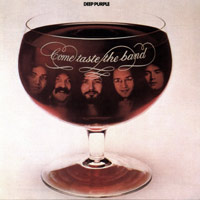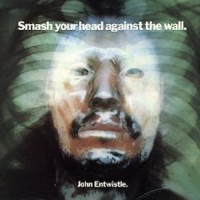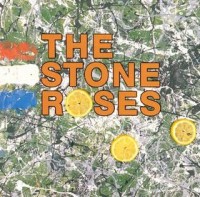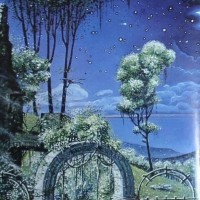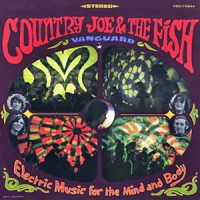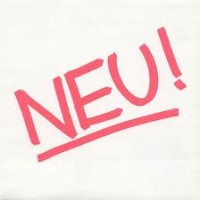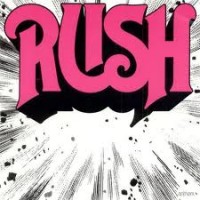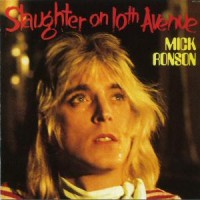
Very few “supergroups” live up to the lofty title accorded them. So it’s no surprise that one of the most beloved high-profile collaborations in rock history was met with some skepticism shortly after its largely unannounced arrival almost a quarter of a century ago. Counting among its motley crew a Rock ‘n Roll Legend, a Beatle, a Spokesman of A Generation, and a ’70s and ’80s AOR icon (oh yeah, and also the guy from ELO), the very existence of The Traveling Wilburys seemed too good to be true. Yet the Wiburys’ debut defies all odds and exceeds all expectations for the simple fact that it doesn’t try to do either. Sure, one can admire the great playing and fine craftsmanship in every song, but at the end of the day Vol. 1 is just a bunch of goofballs–albeit monumentally talented ones–hanging out in the studio, smoking joints, playing music, and having a good time. The fact that this translates so well into catchy, ultra-durable, and sometimes even emotionally potent pop is the album’s most miraculous achievement.
Even after two decades, “Handle with Care” remains Vol. 1’s most popular track, and for good reason; despite its purported dashed-off, round-robin-style composition in George Harrison’s kitchen the night before it was recorded, it’s a surprisingly deep piece of songwriting. Given more gravity by Harrison’s lead vocals and the rest of the gang’s call and response choruses, it’s perhaps the most honest and accurate aging rock star confessional ever committed to tape. Tom Petty’s presence is mostly relegated to the background (which would not be the case on the Wiburys’ inferior, Roy Orbison-less follow-up, Vol. 3) but his turn on “Last Night” provides the record’s quirkiest moment. But it’s Dylan who contributes the lion’s share of humor to an album already brimming with it. Has Aerosmith ever written a song more laden with outrageous innuendo than “Dirty World”? And even Weird Al would be hard-pressed to come up with a more devastating Bruce Springsteen parody than “Tweeter and the Monkey Man”. From a career standpoint, the timing of Orbison’s sudden death just a few weeks after Vol. 1’s release could not have been worse, but his majestic crooning on “Not Alone Anymore” ensured that he’d at least leave this mortal coil on a high note. Even Jeff Lynn, a performer and producer not always known for his minimalism or restraint, contributes an uncharacteristically stripped-down rocker, “Rattled”; moreover, his bandmates help him keep his glitzier production flourishes in check, allowing Vol 1—some dated synths and occasionally intrusive horns aside–to still sound like the same homespun and unpretentious masterpiece that it did back in 1988.
So the next time you’re scratching your head, figuring out what you want to listen to because you think you are sick of everything you own, give this oldie-but-goody a whirl. Dust off the battered CD (the one in the case with the broken hinges) and crank it up, or… dig the cassette out of the box in the attic (you know the one) and pop it in the still-functioning boom box in the garage, or… if you were lucky enough to pick this up on vinyl during its first (and only) pressing, slap it on the turntable, lower the needle, bathe yourself in the charm and bonhomie of this unrepeatable musical moment in time, and be reminded of a fact you have long forgotten: You love this record! – Richard P
